Ali Khalajmehrabadi
Modern WLAN Fingerprinting Indoor Positioning Methods and Deployment Challenges
Oct 18, 2016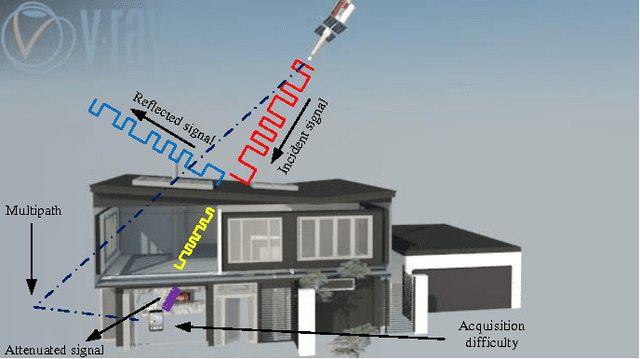

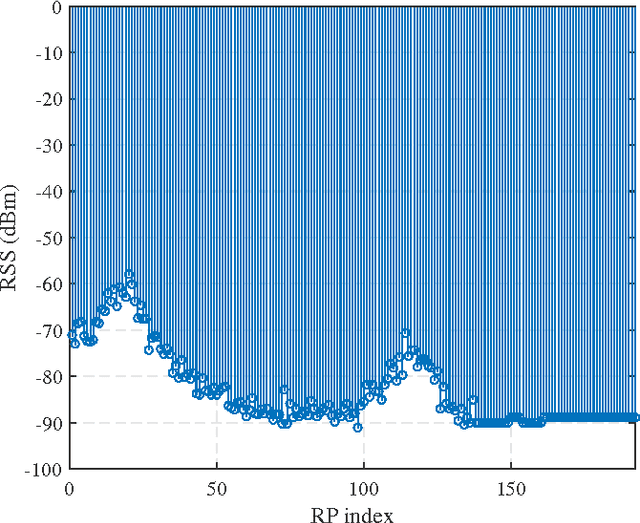

Abstract:Wireless Local Area Network (WLAN) has become a promising choice for indoor positioning as the only existing and established infrastructure, to localize the mobile and stationary users indoors. However, since WLAN has been initially designed for wireless networking and not positioning, the localization task based on WLAN signals has several challenges. Amongst the WLAN positioning methods, WLAN fingerprinting localization has recently achieved great attention due to its promising results. WLAN fingerprinting faces several challenges and hence, in this paper, our goal is to overview these challenges and the state-of-the-art solutions. This paper consists of three main parts: 1) Conventional localization schemes; 2) State-of-the-art approaches; 3) Practical deployment challenges. Since all the proposed methods in WLAN literature have been conducted and tested in different settings, the reported results are not equally comparable. So, we compare some of the main localization schemes in a single real environment and assess their localization accuracy, positioning error statistics, and complexity. Our results depict illustrative evaluation of WLAN localization systems and guide to future improvement opportunities.
Structured Group Sparsity: A Novel Indoor WLAN Localization, Outlier Detection, and Radio Map Interpolation Scheme
Oct 18, 2016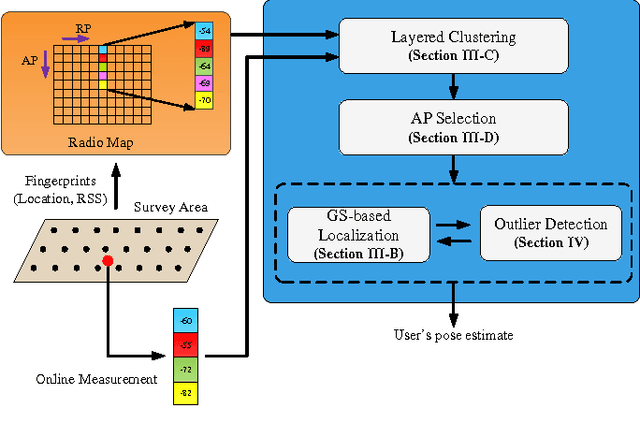
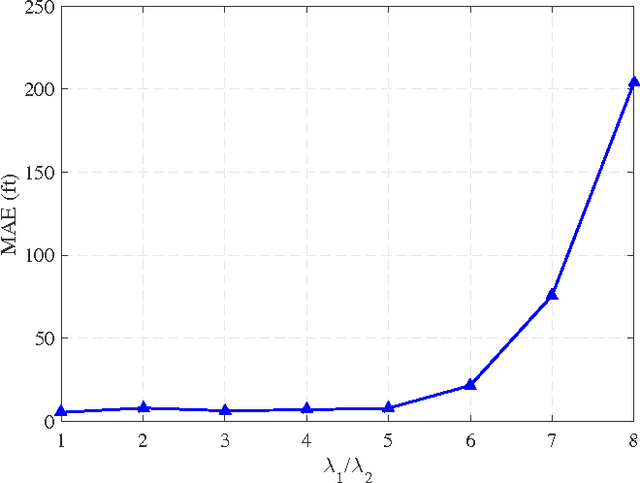
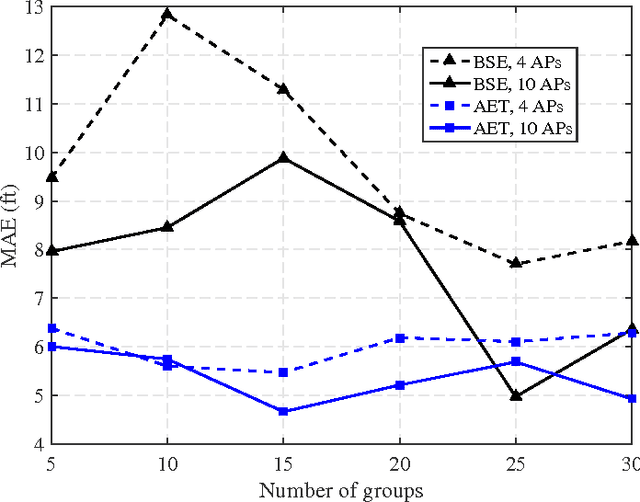
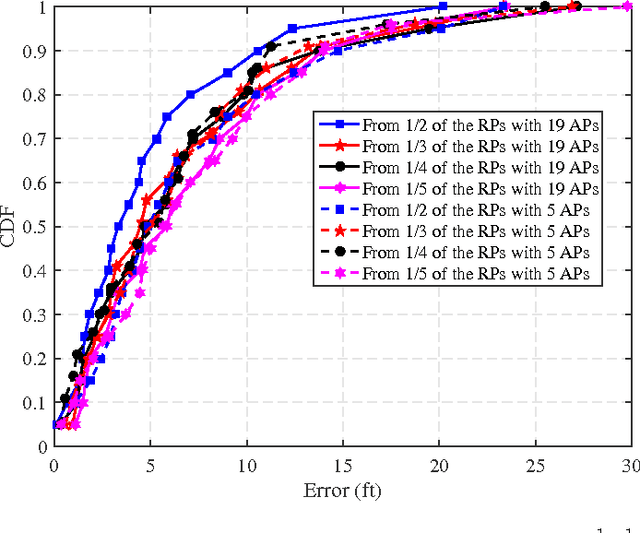
Abstract:This paper introduces novel schemes for indoor localization, outlier detection, and radio map interpolation using Wireless Local Area Networks (WLANs). The localization method consists of a novel multicomponent optimization technique that minimizes the squared $\ell_{2}$-norm of the residuals between the radio map and the online Received Signal Strength (RSS) measurements, the $\ell_{1}$-norm of the user's location vector, and weighted $\ell_{2}$-norms of layered groups of Reference Points (RPs). RPs are grouped using a new criterion based on the similarity between the so-called Access Point (AP) coverage vectors. In addition, since AP readings are prone to containing inordinate readings, called outliers, an augmented optimization problem is proposed to detect the outliers and localize the user with cleaned online measurements. Moreover, a novel scheme to record fingerprints from a smaller number of RPs and estimate the radio map at RPs without recorded fingerprints is developed using sparse recovery techniques. All localization schemes are tested on RSS fingerprints collected from a real environment. The overall scheme has comparable complexity with competing approaches, while it performs with high accuracy under a small number of APs and finer granularity of RPs.
A Joint Indoor WLAN Localization and Outlier Detection Scheme Using LASSO and Elastic-Net Optimization Techniques
Oct 18, 2016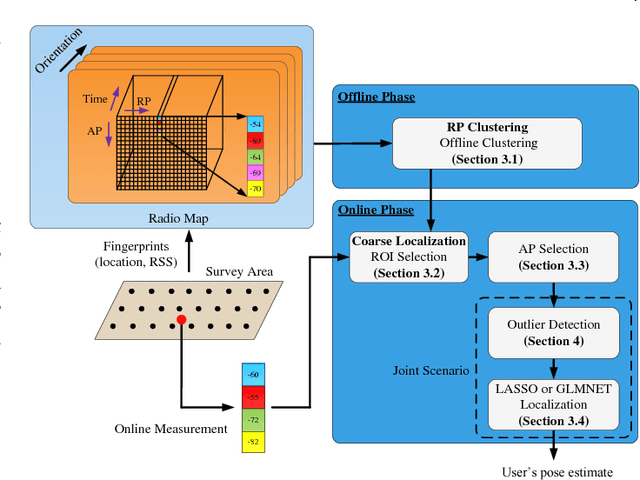


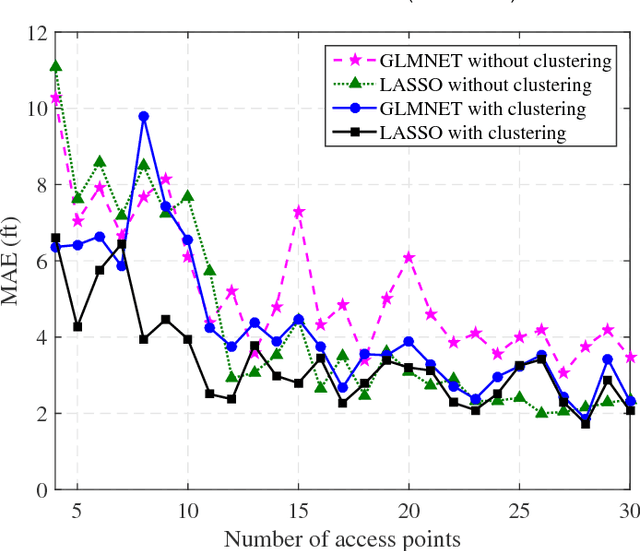
Abstract:In this paper, we introduce two indoor Wireless Local Area Network (WLAN) positioning methods using augmented sparse recovery algorithms. These schemes render a sparse user's position vector, and in parallel, minimize the distance between the online measurement and radio map. The overall localization scheme for both methods consists of three steps: 1) coarse localization, obtained from comparing the online measurements with clustered radio map. A novel graph-based method is proposed to cluster the offline fingerprints. In the online phase, a Region Of Interest (ROI) is selected within which we search for the user's location; 2) Access Point (AP) selection; and 3) fine localization through the novel sparse recovery algorithms. Since the online measurements are subject to inordinate measurement readings, called outliers, the sparse recovery methods are modified in order to jointly estimate the outliers and user's position vector. The outlier detection procedure identifies the APs whose readings are either not available or erroneous. The proposed localization methods have been tested with Received Signal Strength (RSS) measurements in a typical office environment and the results show that they can localize the user with significantly high accuracy and resolution which is superior to the results from competing WLAN fingerprinting localization methods.
 Add to Chrome
Add to Chrome Add to Firefox
Add to Firefox Add to Edge
Add to Edge